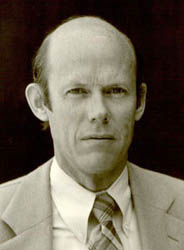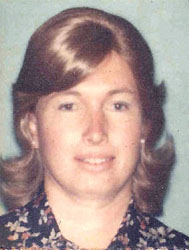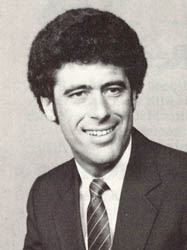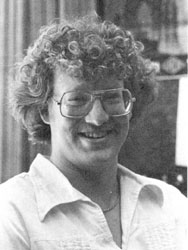

Bert Sutherland Ivan Sutherland
In early '76 the Sutherland brothers established a formal collaboration between research teams at PARC (Lynn Conway and Douglas Fairbairn) and Caltech (Carver Mead, Jim Rowson, Dave Johannsen), to explore and develop design methods and tools that would enable complex digital system architectures to be more easily implemented in silicon than in the past.


Lynn Conway Carver Mead
Some of the issues explored by the Xerox/Caltech teams were those discussed in the Sutherland-Mead-Everhart ARPA report. Others were outlined by Sutherland and Mead in a Scientific American article, "Microelectronics and Computer Science", published later on in 1977.
At PARC work got underway on the ICARUS LSI layout system (Fairbairn and Rowson) and at Caltech work began on a data-path chip known as "OM" ("our machine") (Dave Johanssen et al). Mead helped stimulate interest among a wider set of researchers at PARC by offering a short-intensive course on MOS LSI circuit design that summer, based in methods then emerging at Intel Corporation (where Mead served as a top-level consultant). The cross-fertilization of knowledge among PARC and Caltech researchers about device physics, MOS circuit design, computer architecture, design tool development and design-process design was exciting indeed, and the overall potential of the teams' collective knowledge soon became apparent to all involved.


Doug Fairbairn Jim Rowson
In early '77, Conway invented a new form of scalable, dimensionless design rules. The new rules greatly simplified the conceptualization of VLSI circuit layouts and the implementation of workstation CAD tools for manipulating such layouts. Reflecting on the ideas in "Ivan's letter" of early '76 and on lessons learned from the work of Steinmetz, Conway began speculating with Mead about the possible significance of their collective work. Conway had explored the "design of the computer design process" in her earlier work at IBM-ACS in '66-'68, and sensed that a related and even more expansive opportunity was now at hand.
Once these possibilities sank in, Mead and Conway quickly set far more ambitious goals for the project, namely the innovation of an overall "structured design methodology" for VLSI systems. Conway theorized that a methodology could be constructed that was as easily learned as TTL design, and that could be used by digital designers in place of TTL design, thus opening up VLSI design to much wider participation.
In an incredibly intense period of collaborative work, Mead and Conway formulated the basics of the new design methodology. The methodology cut through and bypassed previously existing complexities at all levels of abstraction, by carefully selecting what was necessary and sufficient for inclusion, and then leaving out all the rest. No longer would chip design need to involve teams of specialists in computer architecture, logic design, circuit design and circuit layout - few of which had any understanding of design outside their own specialties. Instead it would involve "VLSI designers" who, using the new methods, could undertake custom chip design from architecture to layout.
Along the way, Conway worked on a series of tutorial overviews of the methods, trying to figure out how to explain to others what she and Carver were up to (see, for example, a partial overview in Conway's "Notes and Diagrams for a Short Tutorial on LSI Systems", of 12 August '77 - - to be scanned and posted soon). The drafts of these tutorials soon triggered the idea and provided a foundation for the textbook to come.
In June of '77, Dave Johannsen began rigorously applying the new "Mead-Conway structured design methodology" to the design of the OM2 at Caltech. The OM2 was completed in December '77, yielding many detailed examples of micro-processor subsystem design using the new methods. Mead offered another integrated circuit design course at PARC that summer, with the aim of interesting more PARC researchers in chip design, and included elements of the new methods in that course.
Mead and Conway then faced a dilemma: What could they do with these promising, but as yet unproven, new design methods? Writing papers for journals didn't seem like a plausible way to disseminate paradigm-shifting ideas.
The die was cast in a Xerox/Caltech team brainstorming meeting at PARC in the early summer of '77. Lynn suggested the idea of writing a book and self-publishing it using the Alto's. She proposed this as a way to capture, disseminate and evolve the new methods - and "test their theory" that the new methods could be widely applied by digital designers. Work began soon after and a draft of the first three chapters ('prepublication version 1') was ready in time for testing in two courses in the fall of '77. By the spring of '78 the first five chapters ('prepublication version 2') were available for testing in more courses.
In parallel with development and documentation of the design methodology, work also proceeded on new, improved tools for chip layout and chip implementation (maskmaking and fabrication).